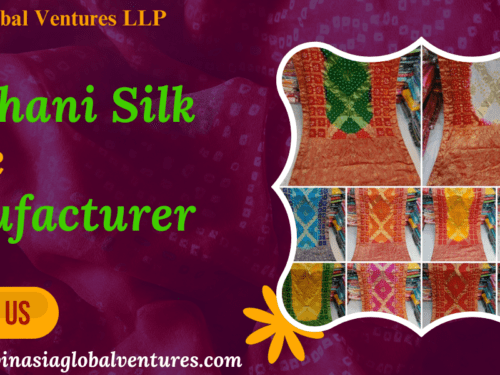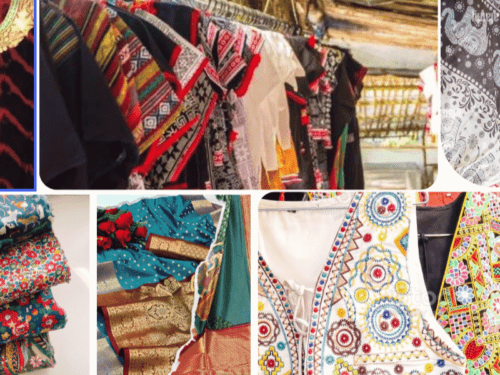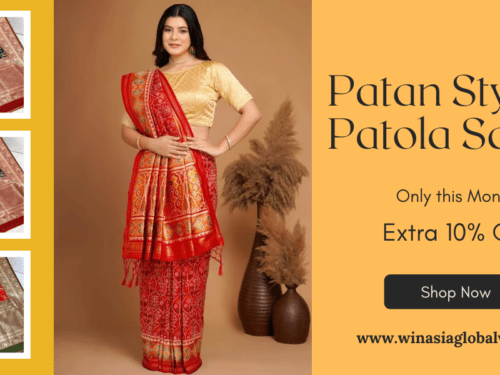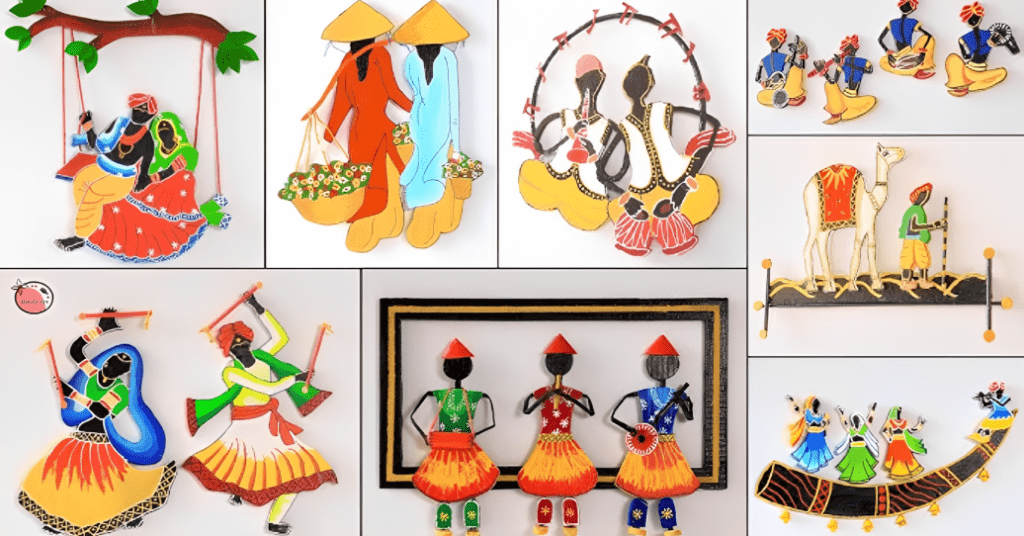
Handicraft is about processing materials by hand with hand tools. The results can be helpful things or decorative things. The materials utilized in the product are natural, industrially processed or maybe recycled. The models of the product are ancient, revised traditional or fashionable.
Introduction
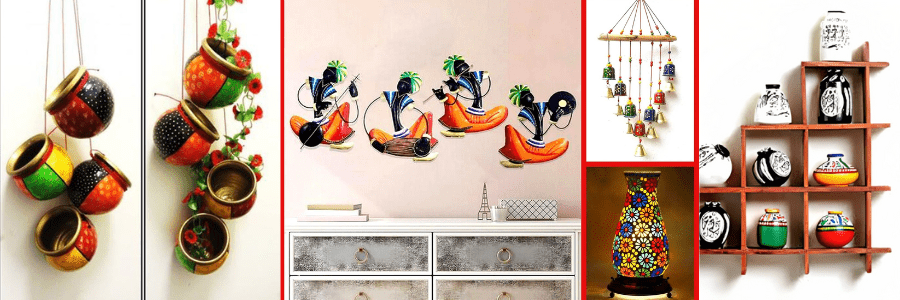
The demand of handcrafted beautiful things has only increased in a world where mass-produced commodities rule. These stunning works of art are the product of talented craftspeople who put their creativity, love, and knowledge into each one. In addition to making a place more attractive, handcrafted decorative pieces often express meaning, attract feelings, and link us to our rich cultural history. This article delves into the fascinating world of handcrafted ornamental things, examining its varieties, applications, and artistic process.
Types of Handicraft Decorative Items

Ceramics and pottery are classic decorative gems, whether they are beautifully formed figures or beautifully painted pots. These products are made of clay and are burned at high temperatures. They are available in classic, modern, and rustic designs.

Tapestries, handmade fabrics, and handmade textiles all tell the tales of their own places. They may offer a sense of class and cultural value by decorating walls, furniture, and even becoming pillow coverings, table runners, and curtains.

Metal Craft : Brass, copper, and silver are just a few of the several metals that skilled metalworkers use to make ornamental products. Wall art, sculptures, and candlesticks with intricate designs serve as examples of how creativity and craftsmanship may coexist.

Uses of Handicraft Decorative Items
Home decor: Craftsmanship-made beautiful things may turn a house into a home. They provide rooms with a unique individuality that speaks to the owner’s personality and preferences. An indigenous ceramic exhibit in the living room or a handmade mirror in the doorway may both significantly improve the mood.
Gifting: Because of their individuality and the care taken in their production, handmade items make considerate presents that stand out. A handwoven scarf or a clay bowl that has been meticulously painted exudes care and thoughtfulness.
Cultural Connection: Decorative handicrafts can have historical and cultural value. They enable us to engage with various customs and discover the tales and symbols that have special significance for certain cultures.
Creating Handicraft Decorative Items
Decide on Your Craft: Decide on a craft that speaks to you. Find a craft that fuels your passion, whether it be metallurgy, needlework, or ceramics.
Enroll in workshops, courses, or online tutorials to master the fundamentals, then practice what you’ve learned. You must practice to develop your abilities and confidence.
Invest in High-Quality Materials: Purchase materials that are of the highest quality and fit your chosen craft. This guarantees the durability and aesthetic value of your products.
Try new things and innovate: While mastering conventional methods is crucial, don’t be scared to add your own original concepts and designs to your finished products.
Patience and perseverance are necessary when making ornamental objects by hand. Consider each product a work of art and embrace the creative process.
A celebration of culture, skill, and human creativity, handicraft decorative objects are more than just ornaments. Their capacity to create beautiful environments, create strong emotions, and convey tales is unsurpassed. The world of handicrafts encourages you to discover its richness and engage with the artists that bring these wonderful works to life, whether you’re a fan, a collector, or an aspiring artisan.

